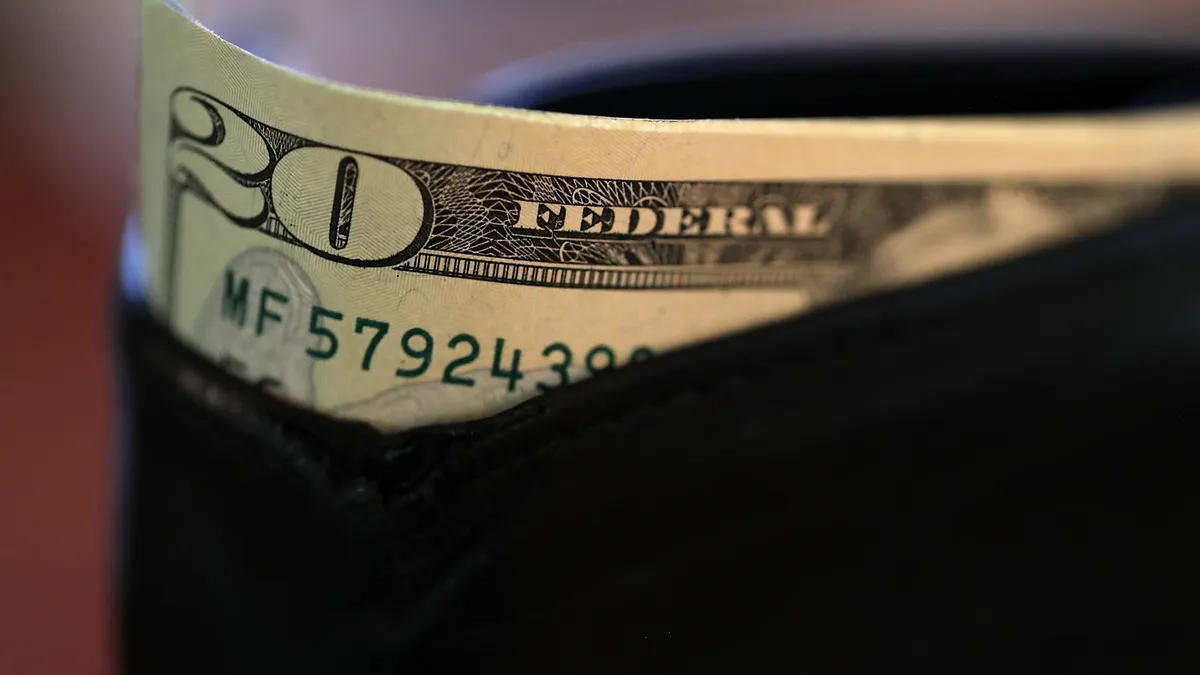Dive Brief:
- Long-term trends ranging from high housing demand to tight labor markets will probably fuel inflation well into 2023 even if the pandemic, and short-term price pressures caused by it, begin to fade, according to the Conference Board, a New York City-based public interest research group.
- "Some inflation is temporary, pandemic-related, other pressures will remain, and they're more structural in nature, or they’re policy-related," Conference Board Global Chief Economist Dana Peterson said Thursday. The core personal consumption expenditures price index (PCE) — the Federal Reserve’s preferred inflation measure — rose 4.7% during the 12 months through November.
- Core PCE may not peak until the second quarter and will persist at 3% or more into late next year, exceeding the Fed’s 2% target, Peterson forecast. The central bank will likely increase the benchmark interest rate four or five times this year, she said.
Dive Insight:
Fed policymakers Wednesday signaled their intention to reduce price pressures by raising the federal funds rate from a record near-zero low at their next meeting on March 15-16.
"We're committed to our price stability goal," Fed Chair Jerome Powell said at a news conference. "We will use our tools both to support the economy and a strong labor market and to prevent higher inflation from becoming entrenched."
Central bank officials last month tentatively planned three, quarter-point increases to the main rate this year. Since Powell’s comments yesterday, financial markets indicate expectations for five such increases in 2022, Peterson said during a webcast.
"Even if the Fed hikes four or five times, we're looking at a fed funds rate of 1.25%," Peterson said. "That's still very accommodative."
Several inflationary forces will probably persist in coming months even if supply chain bottlenecks and other disruptions wane with any retreat by the coronavirus, she said.
"We're seeing wages rise very aggressively in the U.S., and that's a function of labor shortages," she said, noting that the pool of U.S. workers aged 15 to 64 has shrunk since early 2020.
Also, the global supply of semiconductors will likely remain low after the pandemic, and "we would not be surprised that for the next several years we would see upward pressure on prices for chips," she said.
More Millennials will likely join the ranks of homebuyers during the next 10 to 15 years, "and so they're going to continue to place upward pressure on housing, even though we may see some volatility in pricing."
The transition to renewable energy, immigration restrictions and the reshoring of production will also spur inflation, she predicted.
To be sure, several forces beyond monetary policy tightening may help slow inflation in the coming months, Peterson said, including:
- Price competition among retailers
- Automation
- Greater efficiency
- Online shopping
- Remote and contract work
- Improved infrastructure















